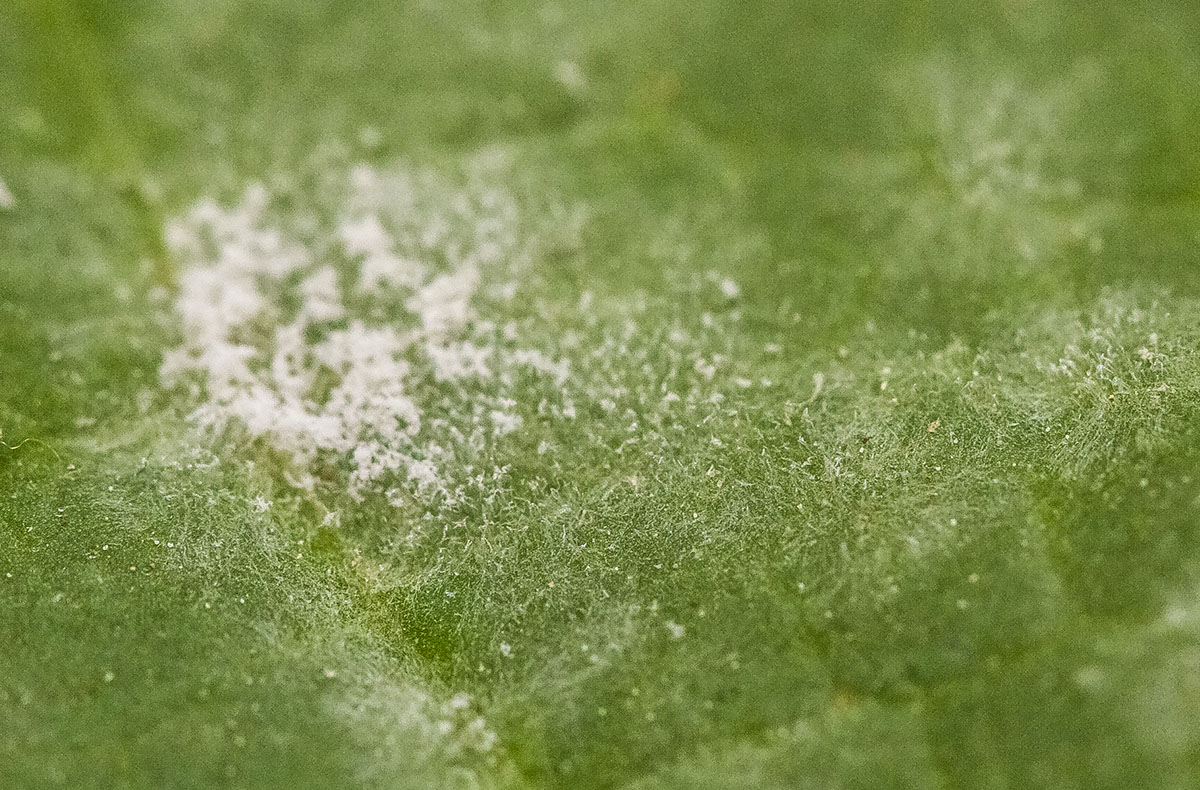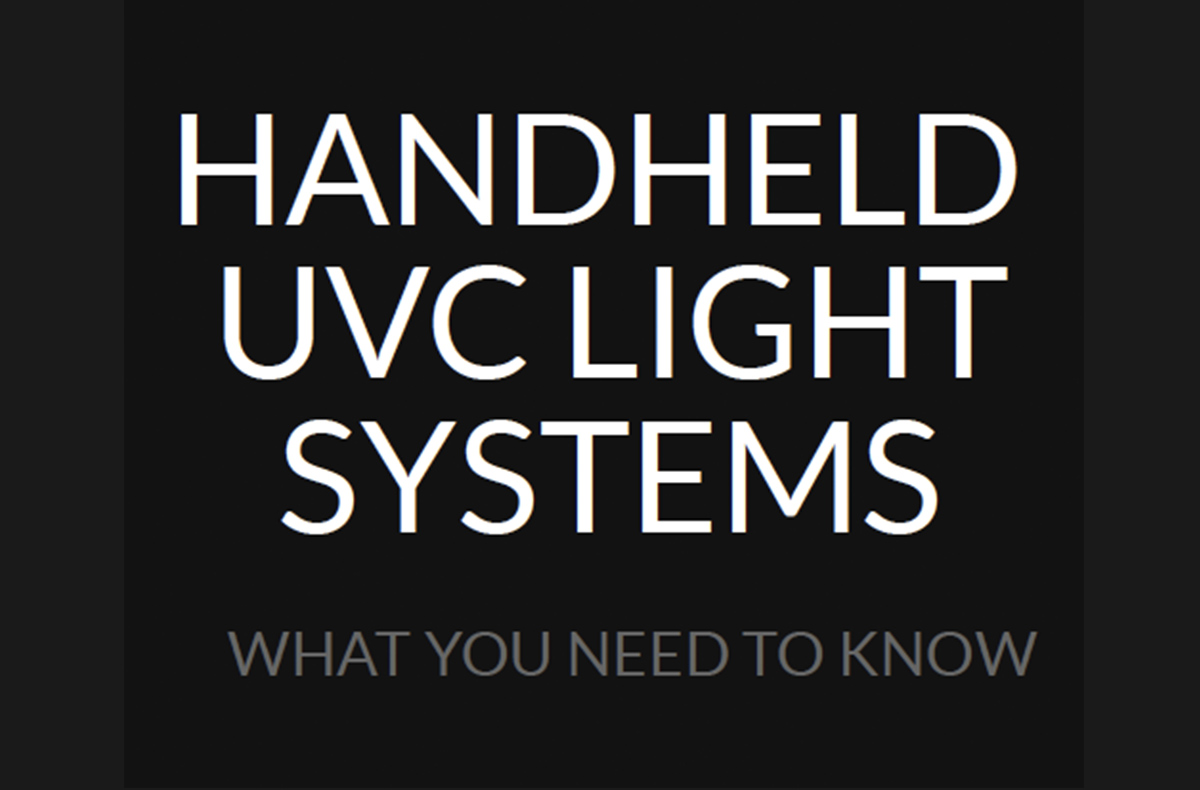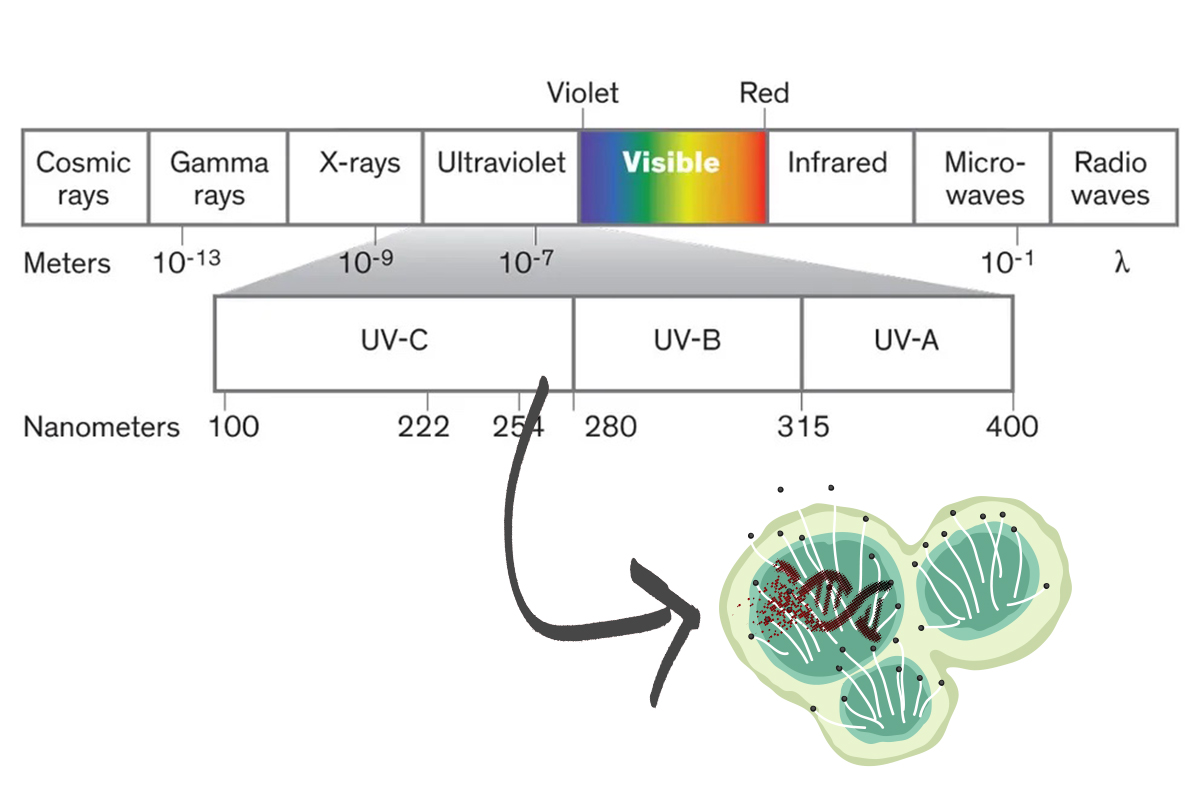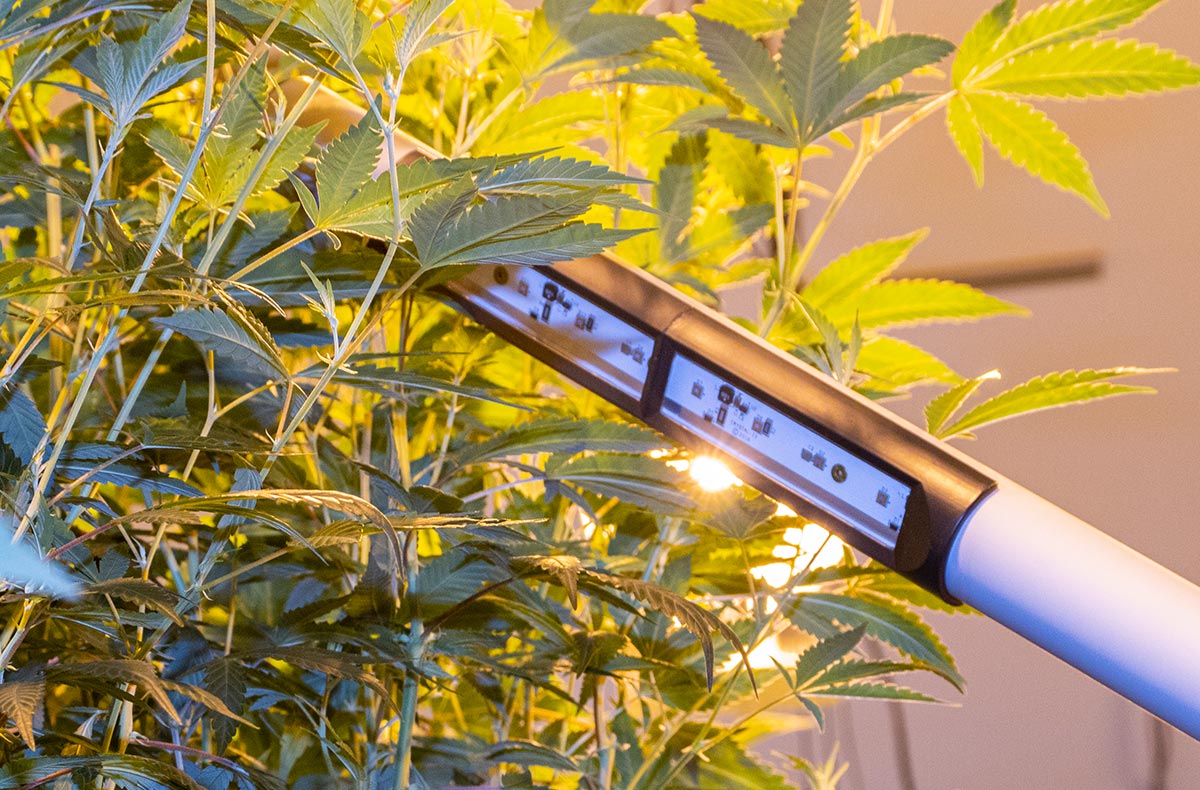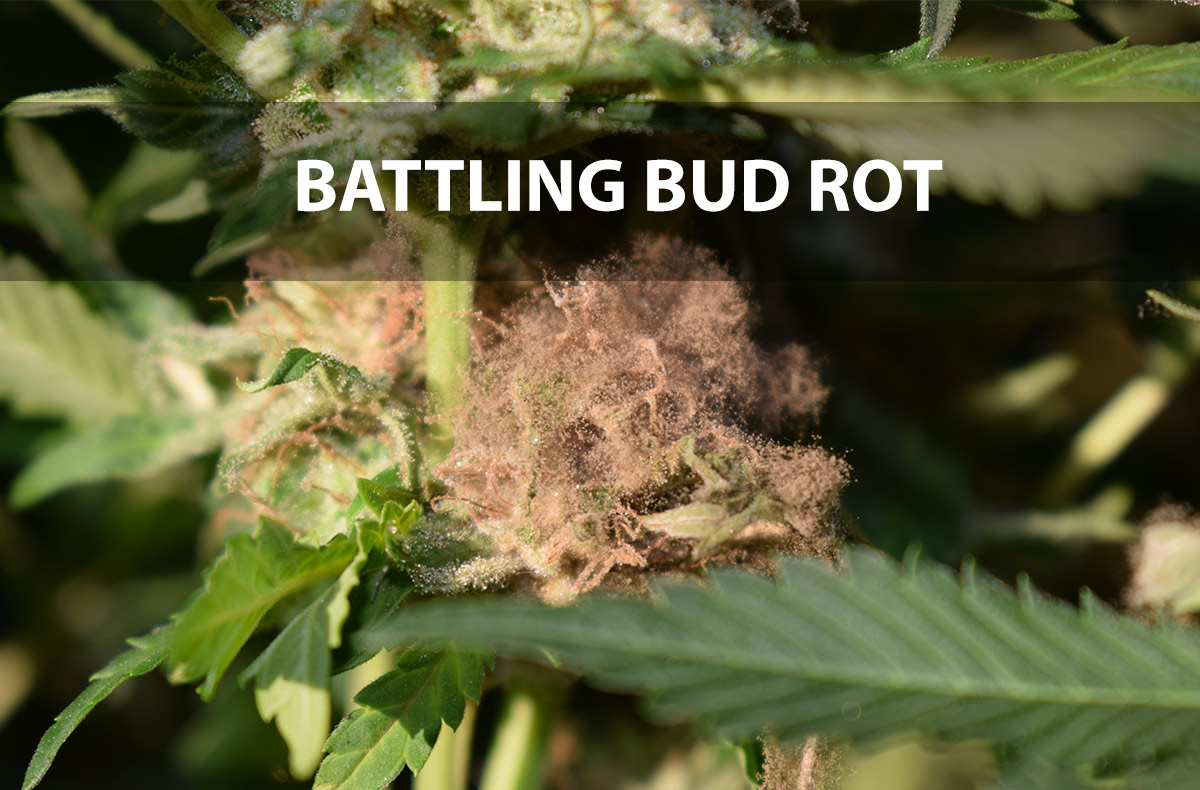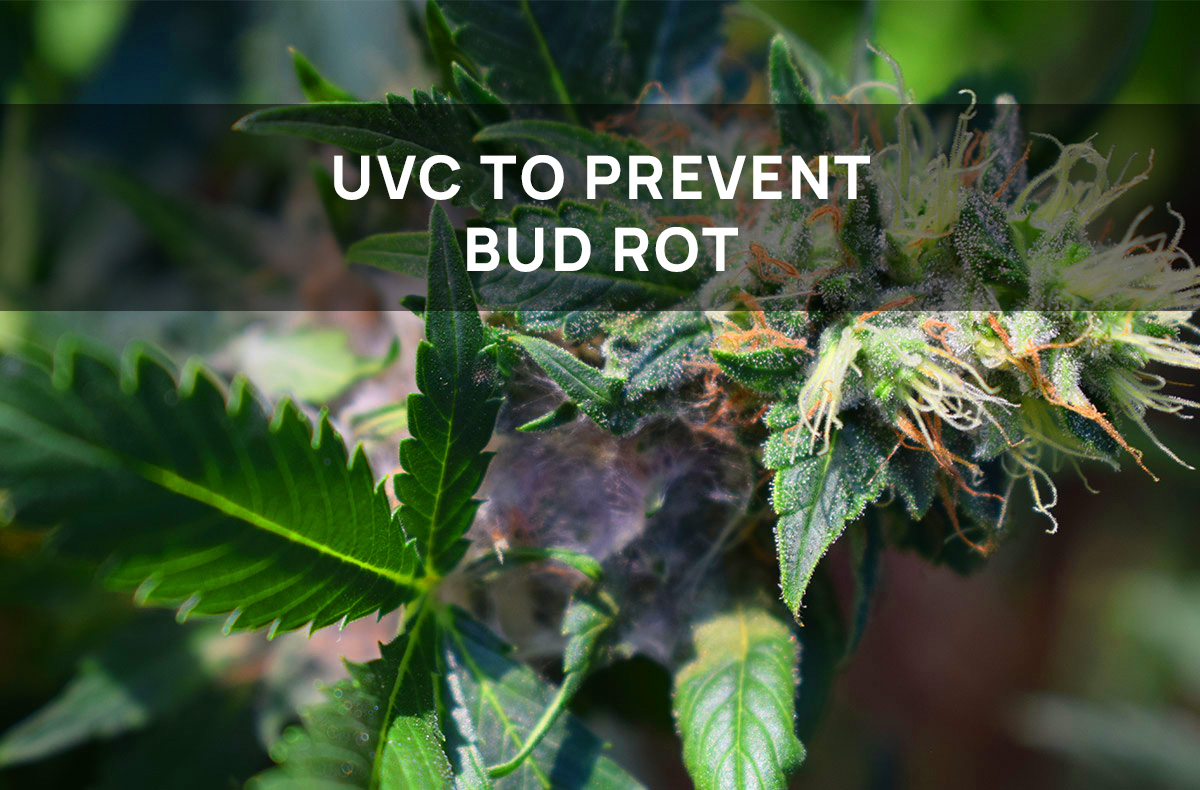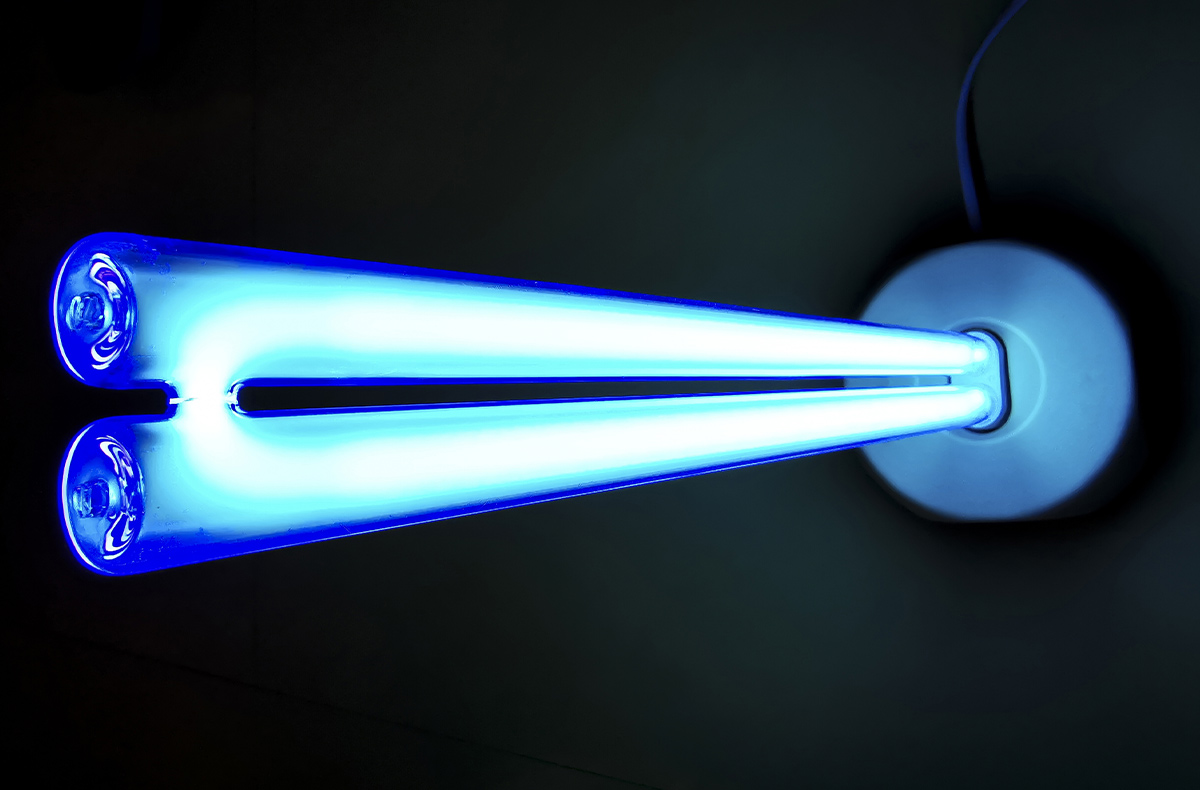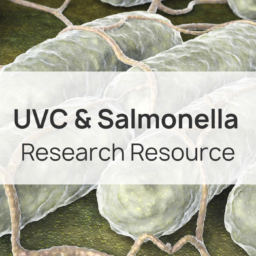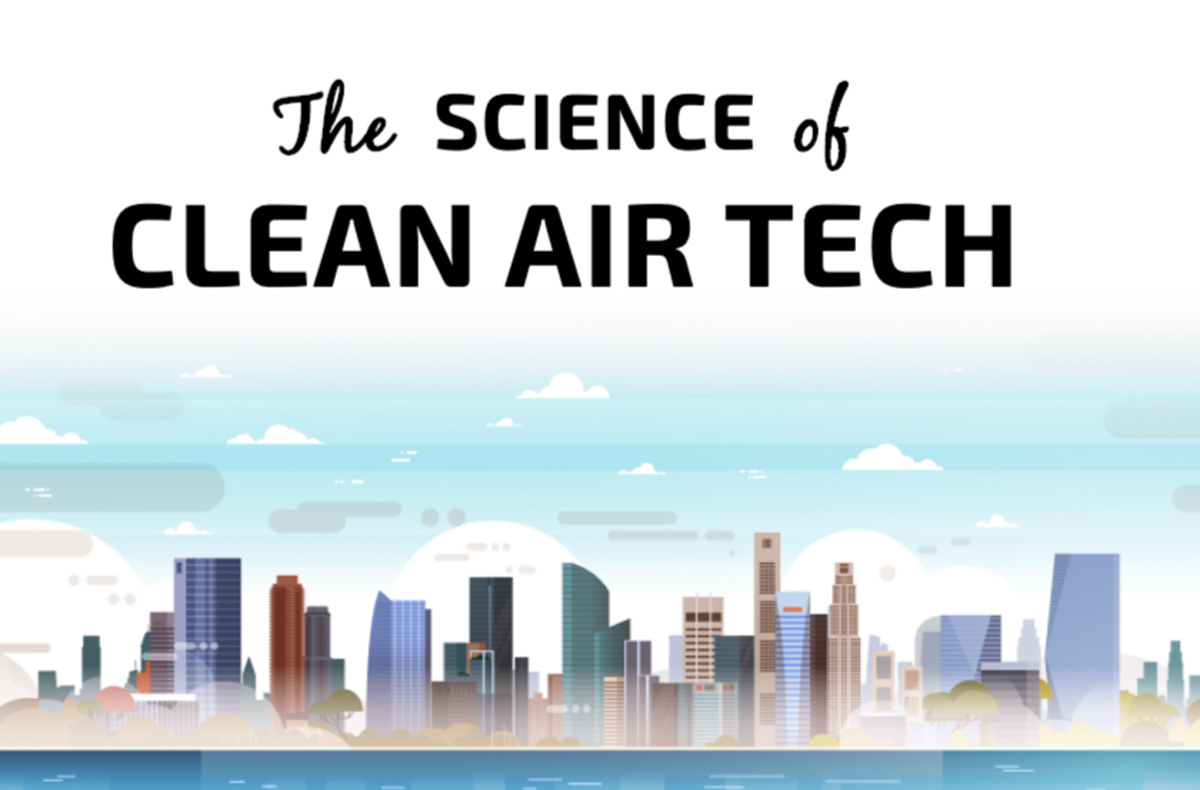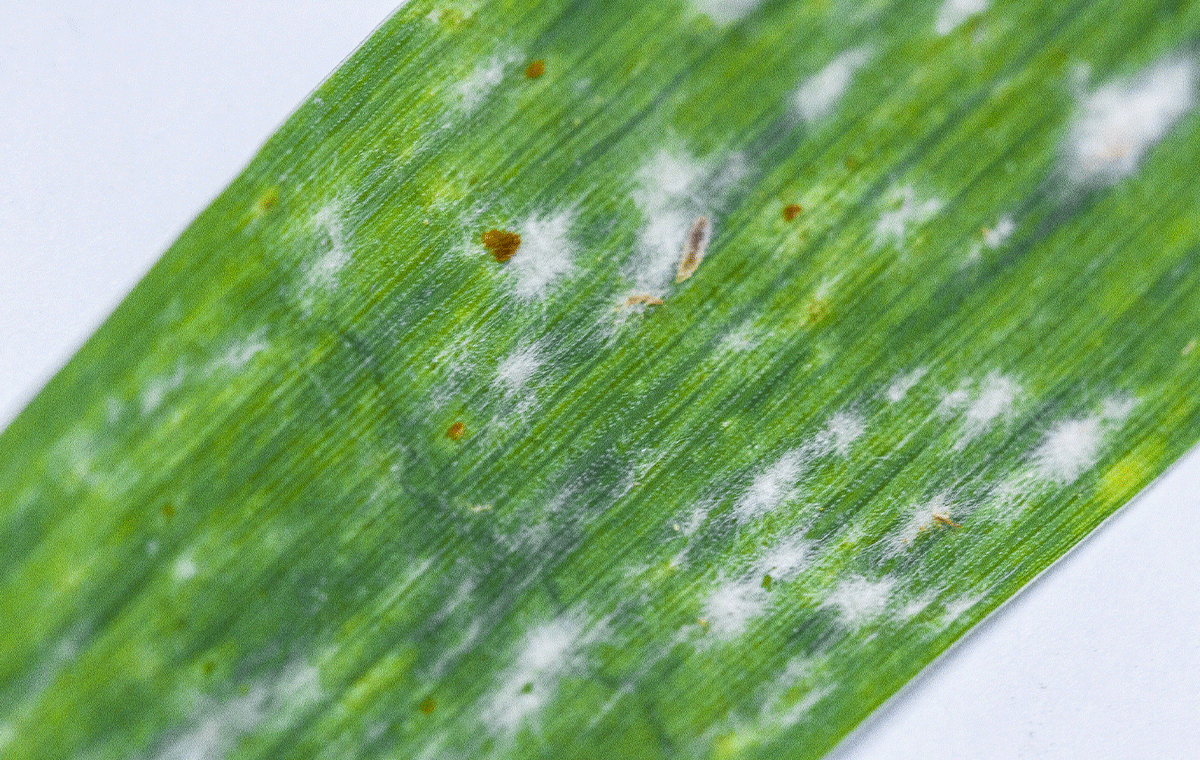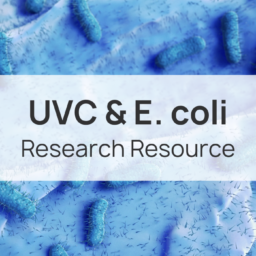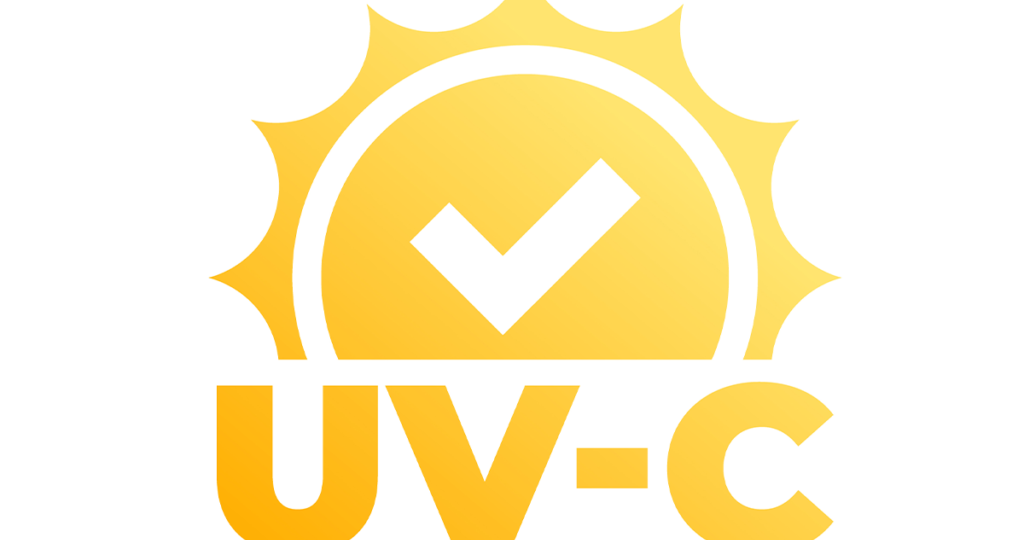
Wait! Did You Say Radiation?
UVC is part of the electromagnetic (EM) spectrum. The EM spectrum includes radio waves, microwaves, infrared, visible light, Ultraviolet, X-rays and gamma rays. Radio waves have the lowest energy. Gamma waves have the highest.
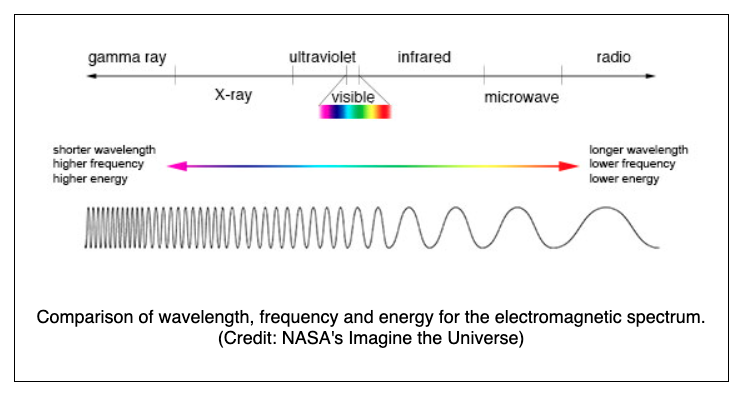
UVC is emitted from the sun, but does not reach the earth’s surface thanks to the ozone layer. UVC produced by artificial sources is the only way humans are exposed. And just like UVA/B from the sun (or say, a tanning bed), UVC can burn your skin.
The words radiation and radiate commonly elicit images of nuclear meltdowns, bombs and people suffering horrific symptoms and/or death. But people forget they use radiation daily when they reheat food in the microwave, or listen to the radio. The difference between radiation from UVC and radiation from gamma rays (i.e. what is emitted from nuclear reactions) is significant.
Ionizing vs Non-ionizing
X-ray and gamma radiation are ionizing. They penetrate deep into and through the body (and other substances). UVC (and other electromagnetic radiation) is non-ionizing. This means it has low penetration depth. It only affects the superficial layers of skin, mucous membranes and eye tissues. So unless you are an exceptional exfoliator, dead skin on the human body is sufficient to absorb UVC radiation almost completely at low doses. UVC also has higher energy than UVA and UVB, meaning it is more readily absorbed by organic materials. This is what allows it to quickly deactivate and kill simple microorganisms that don’t have layers upon layers of cells protecting them like people do.
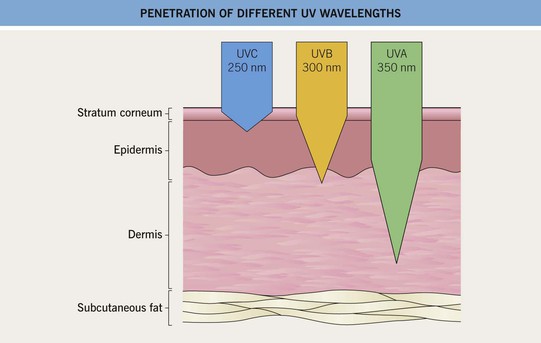
Both ionizing and non-ionizing radiation can cause cancers depending on dosing and regularity of exposure. Gamma radiation is especially harmful because it can linger. (Think Chernobyl where it will take at least 20,000 years for the radiation to disperse.) However, X-ray and UVC radiation are only present as long as there is an emitting source. Once that source is turned off, the radiation is no longer present. So unlike chemicals (and nuclear reactions), UVC does not leave behind any harmful residue.
Radiate for Good
UVC’s high absorbency, powerful intensity, and low risk when used correctly make it an ideal tool for preventing and mitigating organic contaminants such as molds, mildews, bacteria and viruses.
Leverage UVC for your sanitation and prevention operations. Check out the Katana UVC Light Wand and harness the power of good radiation today!
Sources
https://www.cdc.gov/nceh/radiation/nonionizing_radiation.html
htmlhttps://hps.org/publicinformation/ate/q9450.html
https://www.fda.gov/radiation-emitting-products/tanning/ultraviolet-uv-radiation




